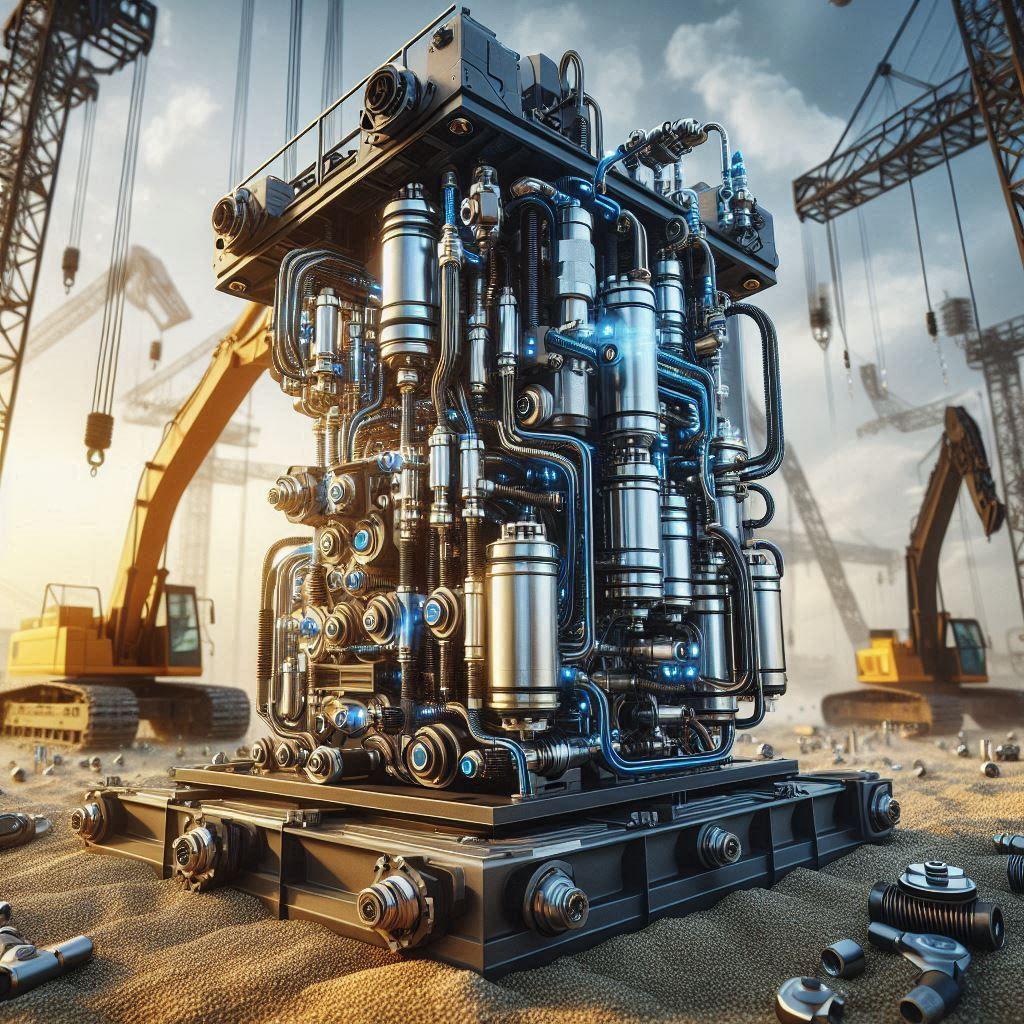Ever wonder what makes those massive excavators dig with such precision or how factory assembly lines move with clockwork efficiency? The answer lies in the fascinating world of hydraulic and pneumatic systems. These powerhouses of industrial might are the unsung heroes behind the scenes, driving everything from construction behemoths to delicate robotic arms.
Buckle up as we embark on a high-octane journey through the veins and arteries of industry, exploring how hydraulic and pneumatic systems are the lifeblood of heavy machinery and the pulse of modern automation. From towering cranes to lightning-fast assembly lines, these fluid-powered marvels are transforming the way we build, manufacture, and innovate.
The Basics: Hydraulics vs. Pneumatics
Hydraulic systems harness the power of incompressible liquids, usually oil, to transmit force. Think of them as the muscular big brothers in the fluid power family.
Pneumatic systems, on the other hand, use compressed air or gas. They’re the nimble siblings, perfect for lighter, faster applications.
Both systems operate on a simple principle: pressure applied at one point is transmitted to another point, often with amplification.
Heavy Machinery: Where Hydraulics Flex Their Muscles
In the realm of heavy machinery, hydraulics reign supreme. Here’s why:
- Immense Power: Hydraulic systems can generate tremendous force, perfect for lifting, pushing, or pulling massive loads.
- Precision Control: Despite their strength, hydraulic systems offer fine control, essential for tasks like excavation.
- Durability: Built to withstand harsh conditions, hydraulic systems are the go-to choice for outdoor and industrial applications.
- Efficiency: Hydraulic systems can transmit power over long distances with minimal loss.
Pneumatics: The Air of Automation
When it comes to automation, pneumatic systems often take center stage:
- Speed: Air moves quickly, making pneumatic systems ideal for rapid, repetitive motions.
- Cleanliness: In food processing or pharmaceutical manufacturing, pneumatic systems offer a clean, oil-free solution.
- Safety: Air is compressible, providing a natural cushion that can prevent damage in case of overload.
- Cost-Effective: For lighter loads, pneumatic systems are often more economical to install and maintain.
Innovations on the Horizon
The world of fluid power is far from static. Emerging technologies are pushing the boundaries of what’s possible:
- Electrohydraulic Actuators: Combining the best of hydraulics and electronics for even more precise control.
- Smart Pneumatics: IoT-enabled pneumatic systems that can self-diagnose and optimize performance.
- Energy Recovery Systems: Capturing and reusing energy in hydraulic circuits for improved efficiency.
These advancements often lead to new intellectual property, and in disputes, mechanical intellectual property expert testimony can be crucial in explaining these complex systems to courts and patent offices.
Environmental Considerations
As industries strive for sustainability, fluid power systems are adapting:
- Biodegradable Hydraulic Fluids: Reducing environmental impact in case of leaks.
- Energy-Efficient Designs: Minimizing power consumption and heat generation.
- Noise Reduction: Developing quieter pneumatic systems for improved workplace conditions.
The Human Factor
Despite all the automation, the human element remains crucial:
- System Design: Engineers must carefully balance power, efficiency, and cost.
- Maintenance: Regular upkeep is essential for optimal performance and longevity.
- Safety: Proper training and protocols are vital when working with high-pressure systems.
Conclusion
From the construction site to the factory floor, hydraulic and pneumatic systems continue to shape our industrial landscape. As technology advances, these systems evolve, becoming smarter, more efficient, and more versatile.
The next time you see a massive crane in action or watch a production line humming along, take a moment to appreciate the invisible force of fluid power at work. It’s a testament to human ingenuity, turning the simple principles of pressure into the driving force of modern industry.

